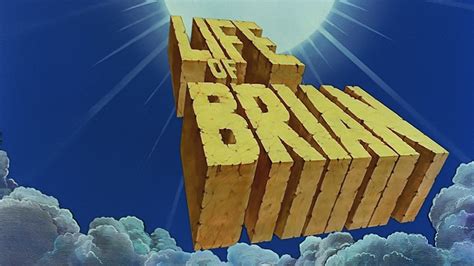
For most Christians in most places at most times, believers have desired (and been able) to distinguish between orthodox/faithful members of the Church and heterodox/faithless (seeming) members. The criteria may change, or may be much debated, but the commonest assumption is that it is possible and beneficial, and perhaps necessary, to distinguish religious truth from religious falsehood, and therefore true teachers from false teachers, and therefore true Christianity from heretical perversions thereof.
Walter Bauer argues otherwise.”In earliest Christianity, orthodoxy and heresy do not stand in relation to one another as primary to secondary, but in many regions heresy is the original manifestation of Christianity.” (G. Strecker in introduction to ET of Bauer, xi)
“It is essential to bear in mind that one cannot meaningfully speak of ‘Christianity’ or ‘the church’ as a monolithic entity in the early centuries of its existence. Not only the study of the New Testament, but the history of early post-apostolic Christianity abundantly affirms the essential diversity of forms of Christianity… [O]rthodoxy is not the presupposition of the early church but the result of a process of growth and development.” (George W. Macraw, “Why the Church Rejected Gnosticism,” London: SCM, 1980, p.127, citing Baeur’s Orthodoxy and Heresy in the Earliest Christianity and James M. Robinson and Helmut Koester, Trajectories through Early Christianities)
To establish this thesis, Bauer, Koester and other modern scholars draw historical evidence to show that many divergent — what today Roman Catholic or Eastern Orthodox or many Protestant theologians would label heretical — forms of Christianity existed earlier than orthodox forms, or existed and were tolerated until later, or existed and later evolved into orthodox forms.Bauer et al must also seek to deconstruct and/or relativize the apparently dogmatic internal unity presupposed by early Christian writers such as Paul, John, James, Eusebius, Polycarp, and Ignatius of Antioch. They marshal historical evidence that the seemingly clear-cut self-definition in these men is not fitting to the actual situation of Christianity.
This historical evidence consists of showing that argument and disagreement existed amongst Christian communities from the earliest times and showing credal variety.
Nor does the first-century apostolic writing simplify things, “because the majority of [the New Testament’s] anti-heretical writings cannot be arranged with confidence either chronologically or geographically. (Bauer, 5) In other words, Paul is (rather often) writing his epistles to established churches to warn and defend them against false teachers, which seems to support that divergent forms existed, were accepted, and were even popular.
Bauer’s thesis is a challenge especially for Protestant theologians and biblical scholars, for whom the primary (if not the only) way to define orthodoxy is to appeal to the New Testament, which itself is a document not formally organized until later (3rd? 4th?) centuries. Perhaps a Roman or Eastern Christian would have alternate strategies. But in the early church such appeals to the NT was simply impossible. (Perhaps it was possible to appeal to this or that particular epistle, but not a “book” or a sum collection of teachings…)Is the thesis true, then, that Christian orthodoxy as defined by modern-day Christian communions was a late development? Maybe. If so, Bauer makes no progress in establishing its truth.
Bauer makes three fatal assumptions:
Login to read more
Sign in or create a free account to access Subscriber-only content.
Topics:
